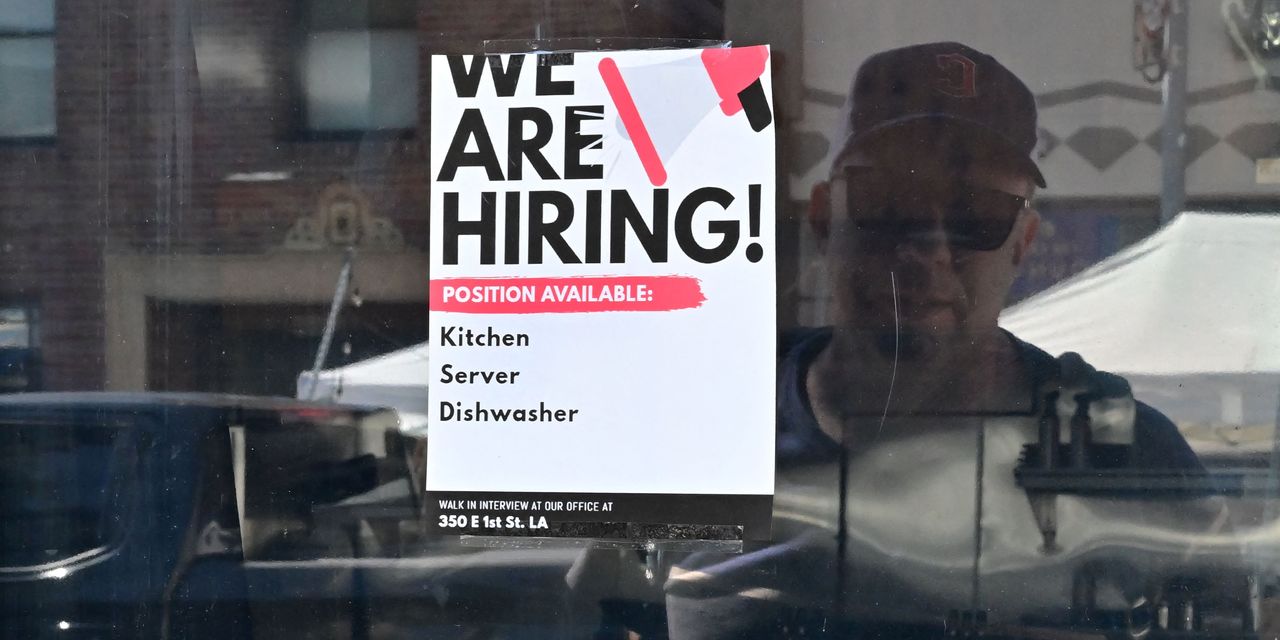The numbers: The number of people who applied for unemployment benefits last week rose by 5,000 to 213,000, but new jobless claims are still quite low and reflect strong demand for labor even in a weakening economy.
The increase in new claims was the first in five weeks, but it was basically a statistical fluke. That’s because unemployment filings from two weeks ago were revised down to 208,000 from a preliminary 213,000.
Economists polled by the Wall Street Journal had forecast new claims to total 214,000 in the seven days ended Sept. 17. The figures are seasonally adjusted.
The number of people applying for jobless benefits is one of the best barometers of whether the economy is getting better or worse.
Big picture: The economy is slowing as the Federal Reserve jacks up interest rates to try to extinguish the highest inflation in 40 years. Part of the central bank’s goal is to cool off a red-hot labor market in which wages are rising sharply and adding to inflation.
If the Fed succeeds, hiring is expected to slow, layoffs would rise and the unemployment rate would also increase from its current 3.7% rate.
The bank predicts the jobless rate will climb to 4.4% by the end of 2023.
Key details: Of the 53 states and U.S. territories that report jobless claims, 37 showed an increase and 16 reported a decline. Most of the changes were small, however.
The number of people already collecting unemployment benefits, meanwhile, fell by 22,000 to 1.38 million in the week ended Sept. 10. These so-called continuing claims remain near a 50-year low.
Market reaction: The Dow Jones Industrial Average
DJIA,
and S&P 500
SPX,
were set to open slightly higher in Thursday trades.

